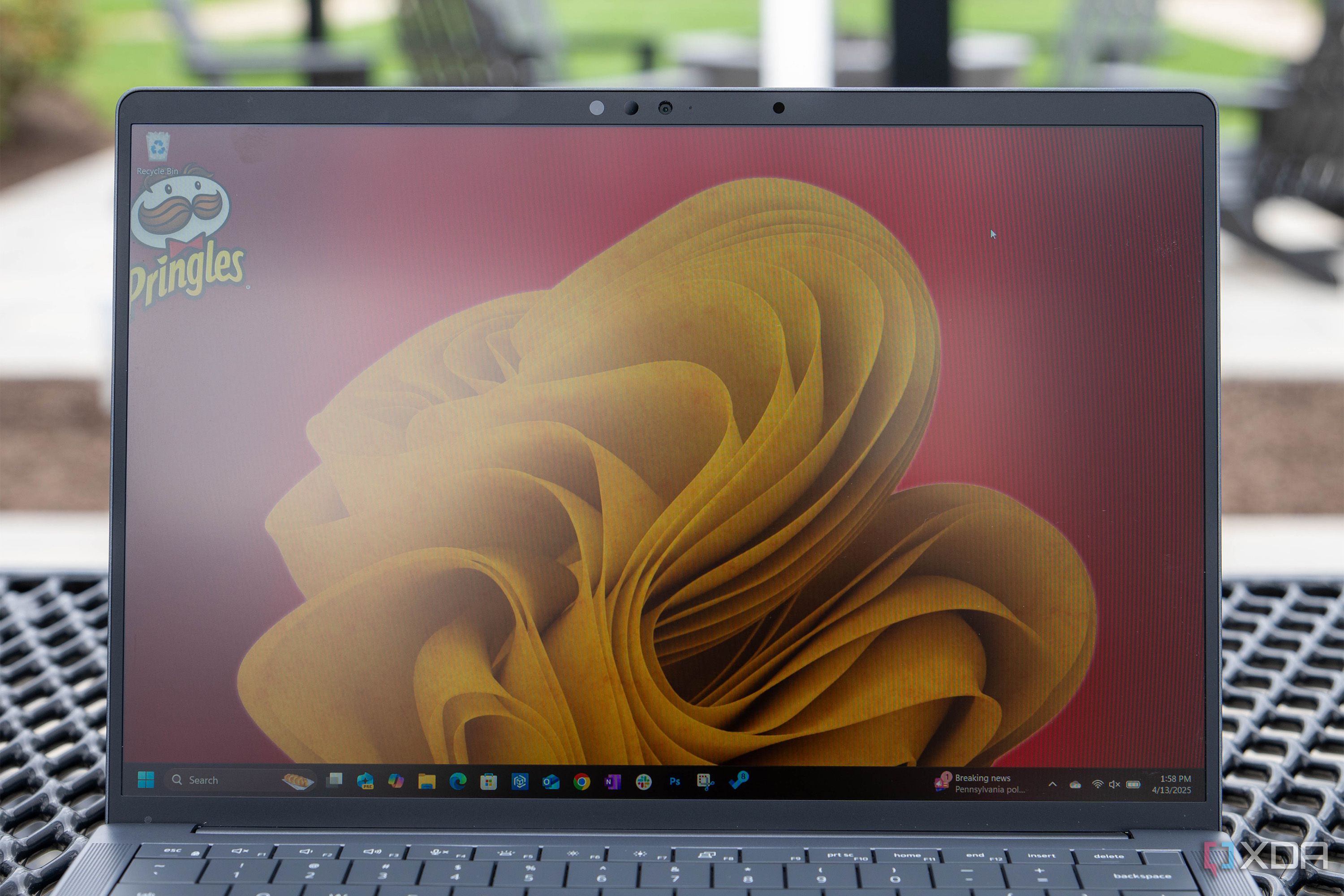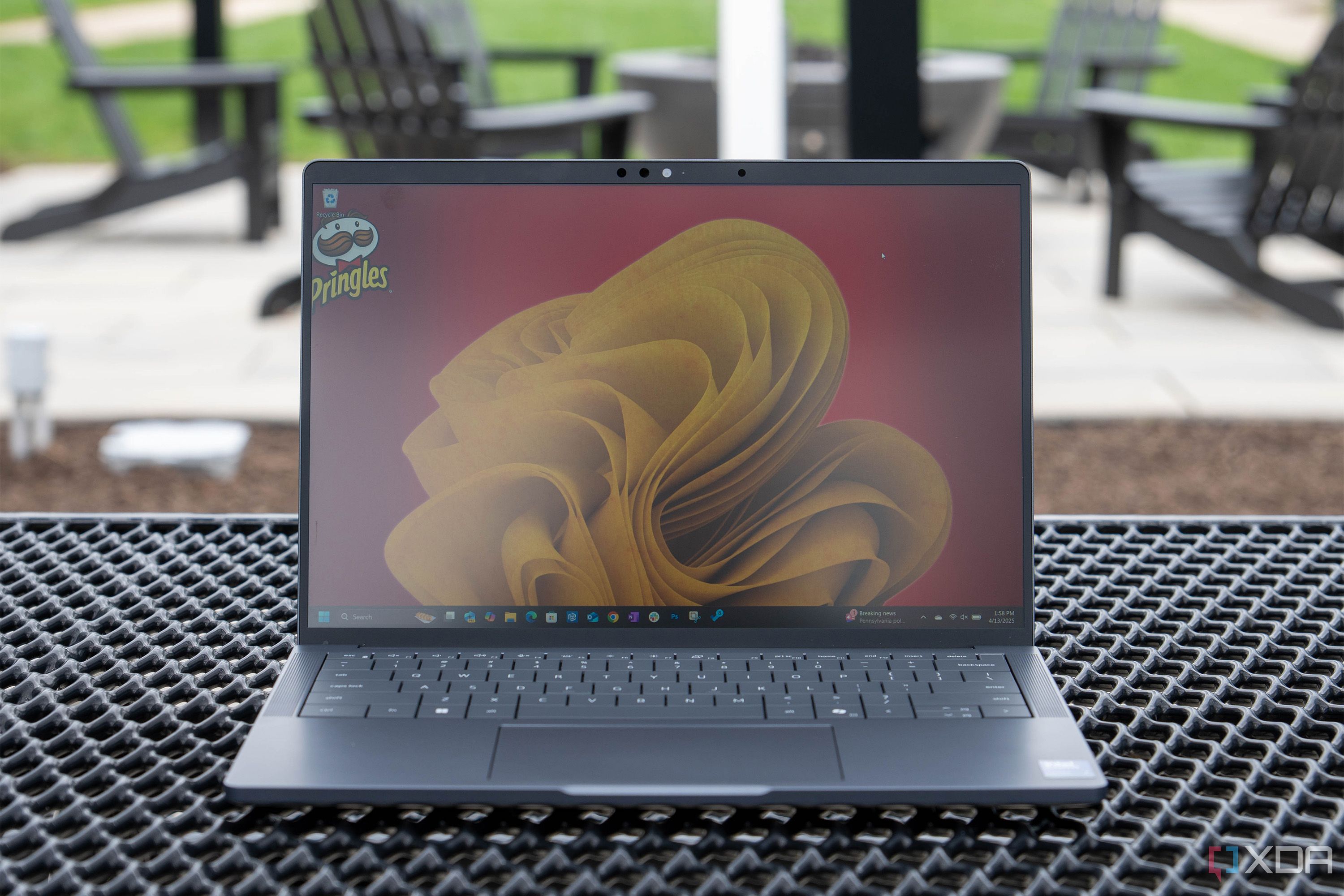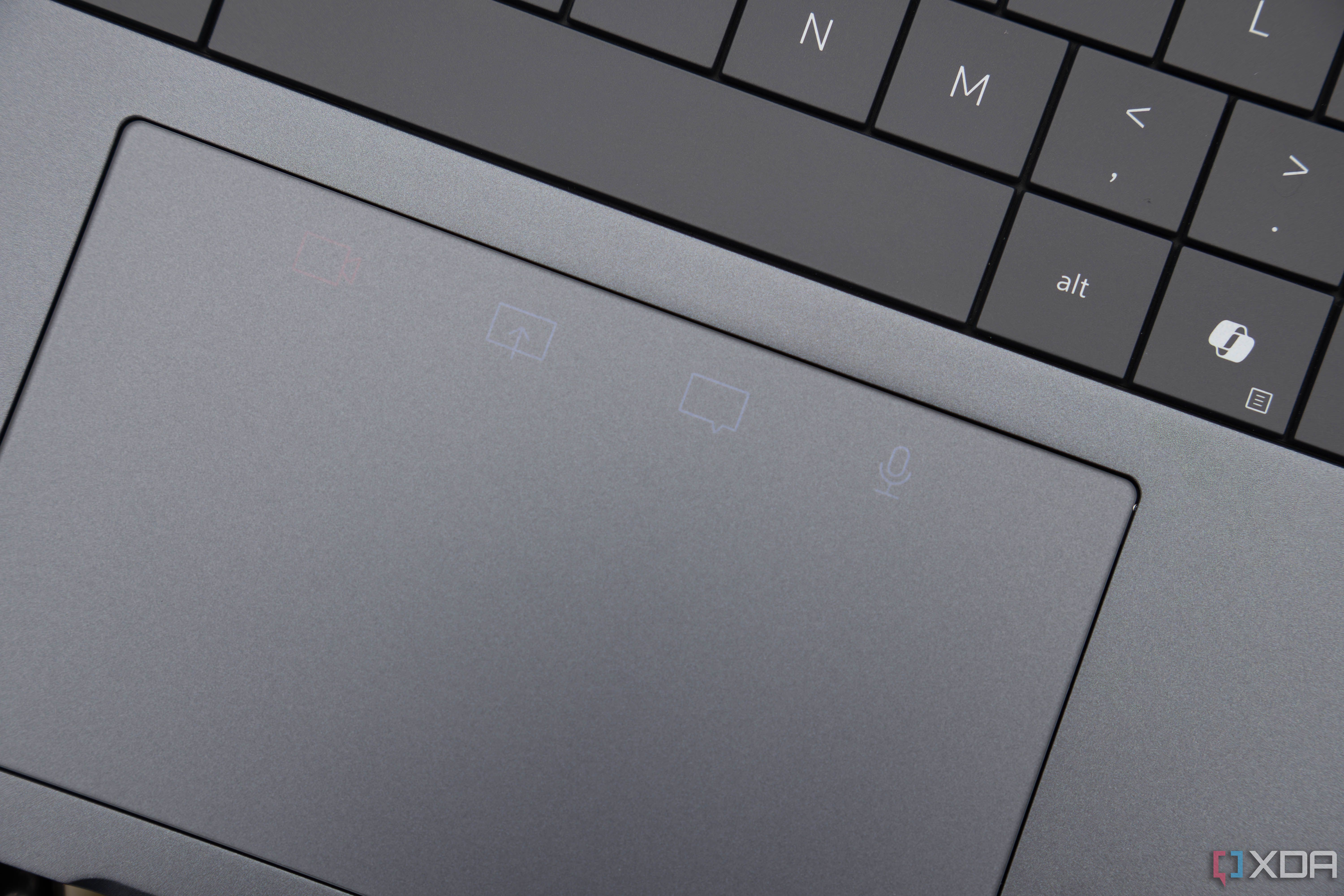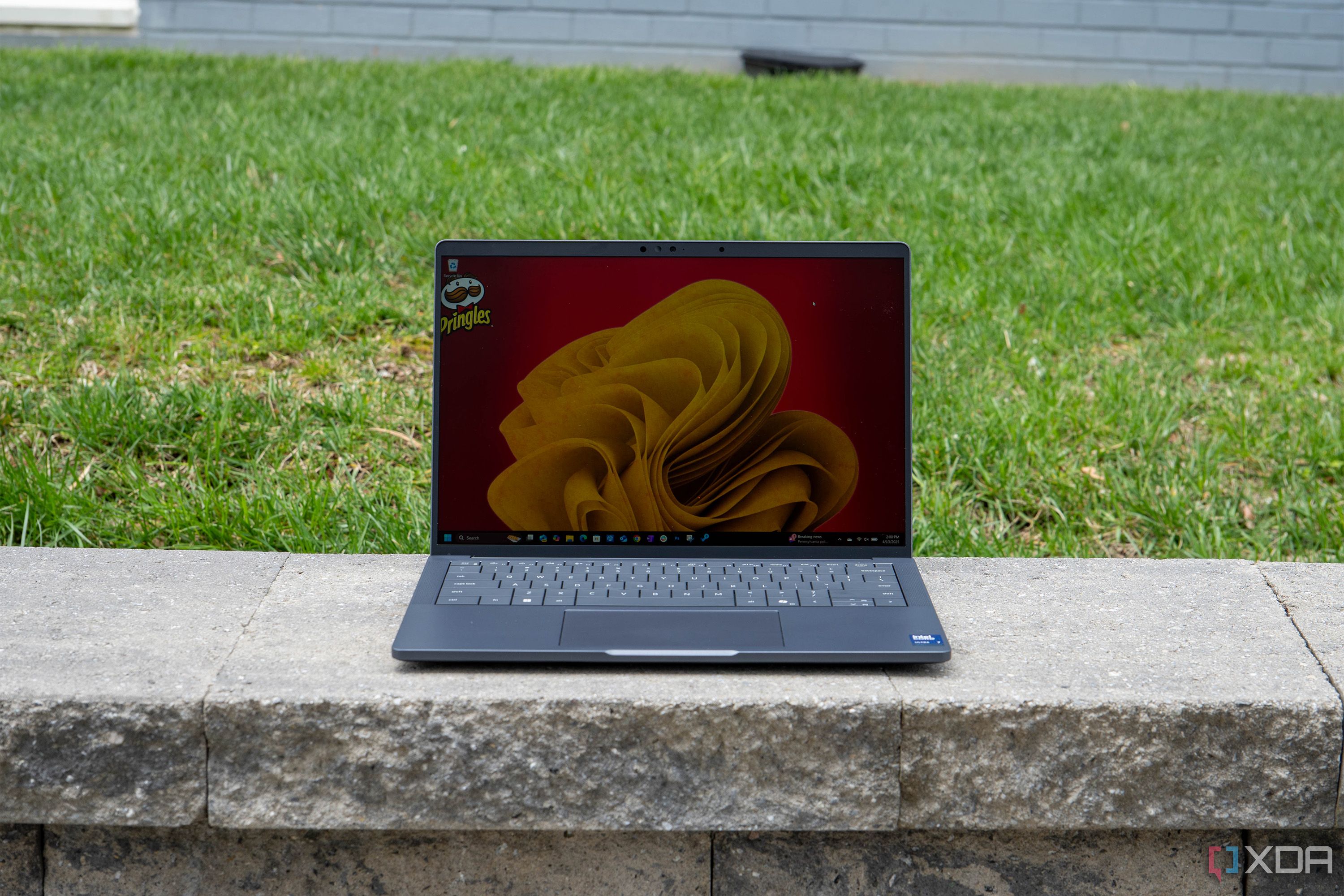Premium business PCs are some of the best laptops you can buy; surprisingly, they often have features that you won’t find on their consumer counterparts. For example, if you want a Dell XPS 14 that’s lighter and doesn’t have a borderless touchpad, that’s where the Dell Pro 14 Premium comes in.
Wait, you’ve never heard of it? Dell rebranded everything this year, and in another timeline, the Pro 14 Premium would have been called Latitude 9000. To break it down really quickly, Pro is what used to be Latitude, and Premium is the top tier.
It’s made out of a magnesium alloy, and the keys aren’t islanded anymore, just like Dell has been doing with XPS (now called Dell Premium) for years now. There’s also a range of configuration options, including 5G connectivity.
Dell sent us the Pro 14 Premium for review. It had no input on the contents of this article.
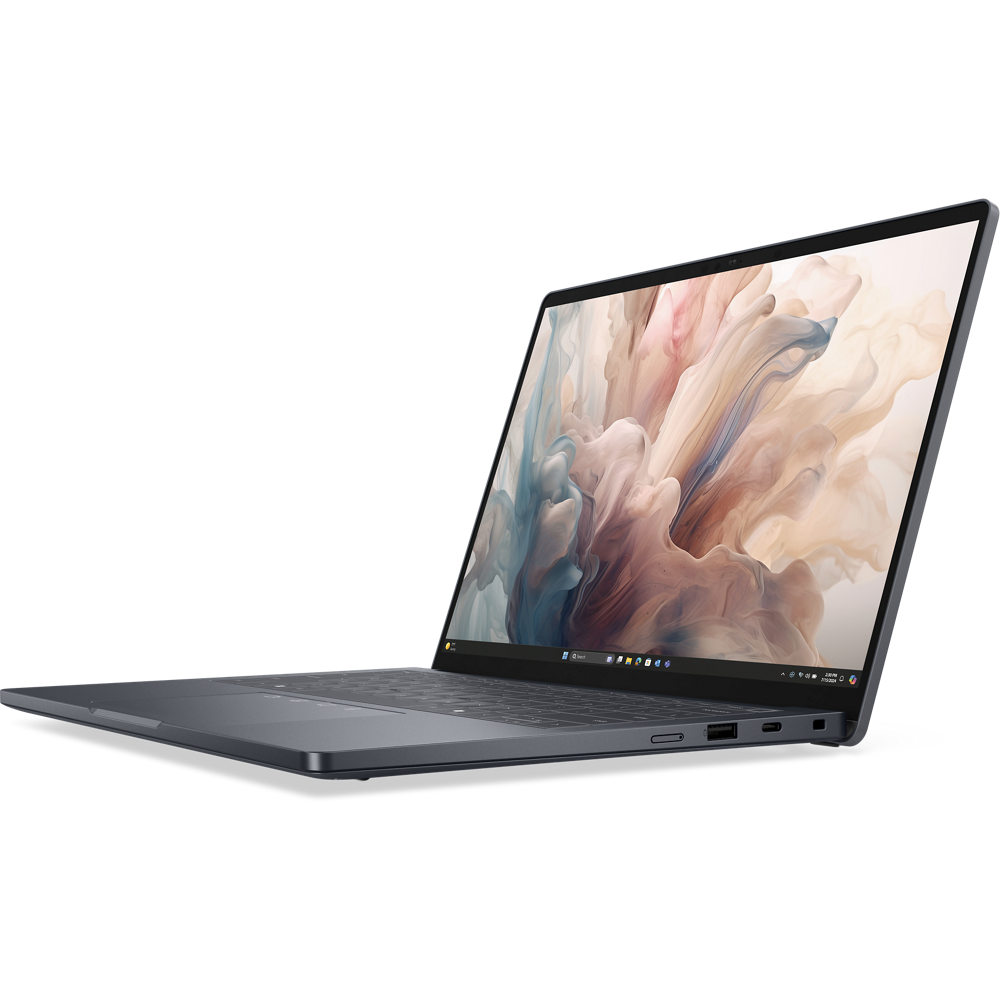
Dell Pro 14 Premium
- The only business laptop with a zero-lattice keyboard
- Copilot+-compatible NPU (yes, it matters)
- Solid webcam
- FHD display doesn’t impress
- Mechanical touchpad
Dell Pro 14 Premium pricing and availability
You can get the Dell Pro 14 Premium from Dell.com, as well as through whichever sales channels your business buys from. As configured with a Core Ultra 7 268V, a 1TB SSD, and an FHD display, it comes in at $2,557.50, although again, it’s likely less if you’re buying in bulk.
Weirdly, Dell.com doesn’t seem to have caught up with Intel’s onboard memory. With Lunar Lake, memory is on the chip, so the Core Ultra 7 268V has to come with 32GB memory, but the website lets you choose 16GB with a warning that you won’t be able to buy it that way. It’s a bit misleading because Dell.com lists the chip at coming with a $195 premium, but then you’ll be forced to select 32GB memory for an additional $185 increase.
Starting with a Core Ultra 5 236V, 16GB RAM, and a 256GB SSD, it comes in at $1,899. Other options include 5G and an OLED display, although the latter isn’t listed right now.
It’s the XPS of business laptops
It weighs in at two and a half pounds
Dell XPS is consistently one of my favorite consumer laptops, and indeed, it’s one of very few laptop brands that’s respected by the average consumer, like Samsung Galaxy is to phones. Dell Pro Premium is the XPS of the company’s commercial laptops, and it’s even got the zero-lattice keyboard, something that even HP is emulating in its new OmniBook X laptop.
But being a business laptop, it doesn’t take things to the same extremes as the XPS 14 did. It’s got a regular mechanical touchpad, rather than a border-less haptic touchpad, or any kind of haptic touchpad for that matter. It’s also way lighter, critically so. It weighs in at just over two and a half pounds, making it lighter than a MacBook Air or an HP EliteBook X, but slightly heavier than a Lenovo ThinkPad X1 Carbon or HP EliteBook Ultra G1i, both of which come in at around a kilogram. But make no mistake; this is the Dell product that competes with those top-of-the-line X1/Ultra products from its competitors.
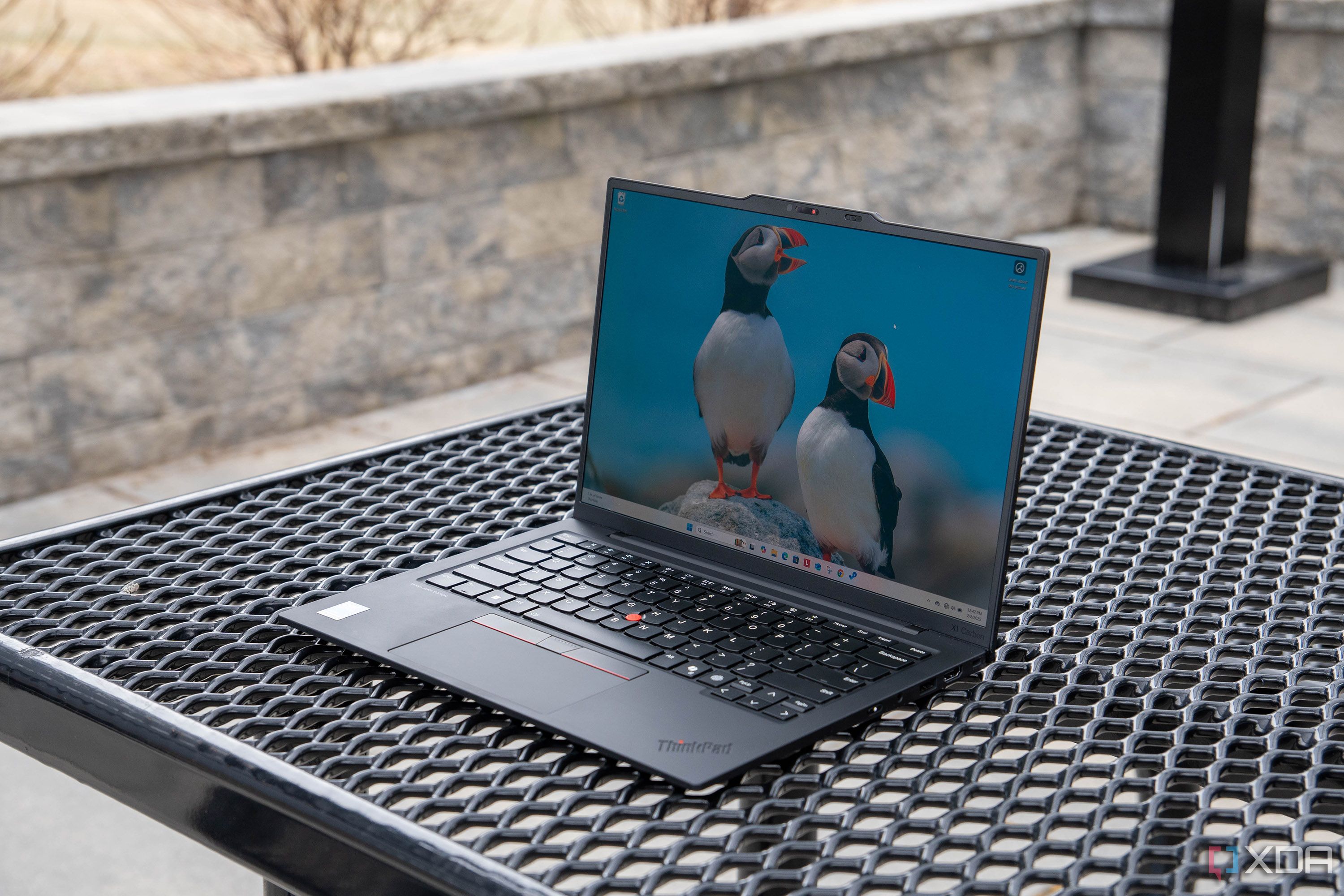
Related
The ThinkPad X1 Carbon Gen 13 is the best one Lenovo has ever made, and it’s not even close
Lunar Lake puts the best business laptop over the top
It’s got a wide array of ports, like you’d expect from a commercial product where legacy connectivity is important. Alongside the two Thunderbolt ports, you get USB Type-A, HDMI, and a 3.5mm audio jack. In fact, if you want to draw a line between consumer and commercial laptops, the latter tends to be the safer option. Dell gets experimental with XPS, whereas businesses don’t want that, while the CEO of the company still wants a product of similar quality.
The FHD display isn’t worth writing home about
Seriously though, why doesn’t anyone make decent FHD displays?
The unit that Dell sent me has a matte FHD panel that’s frankly pretty mediocre. It’s not surprising, and it could send me into a rant about the whole industry. Every laptop seems to force you to make a choice between a pretty screen and good battery life, and unless you choose the OLED config (of any product), you’re probably not going to be super-happy with what you get.
This is Dell’s best of the best, meant to compete with HP’s and Lenovo’s best of the best, which are pretty great products. You’re spending thousands of dollars to get the best experience; why would you end up with a display like this? It’s not a poor display, but you’d probably want something more for $2,500.
Color gamut came in at 100% sRGB, 73% NTSC, 78% Adobe RGB, and 78% P3 in my testing, which is fine. In fact, it’s better than many FHD panels that I test.
The 8MP webcam is excellent, which is critical in today’s age of virtual meetings. I prefer to use a dock with a dedicated webcam, but even if you do the same, you can’t count on having that all the time. This is a 2.5-pound laptop, something you get if you’re going to take it on the road, which means using the built-in webcam for calls.
It’s also worth noting that the webcam is pretty superior to the one Lenovo uses on the ThinkPad X1 Carbon. Since this product plays in the same arena, that’s something you should know if you use the built-in webcam a lot.
Copilot+ is finally starting to get good
Don’t sleep on getting an NPU
I’m still on the fence about recommending upgrading your PC just for Copilot+, but if you are buying a new PC, it’s definitely something you can get. These days, when I review a Copilot+ laptop, I do all of my benchmarks and such, and then upgrade it to a Windows Insider build, because that’s what has the full suite of features you’re buying this for.
Microsoft is continuing to build out features for it, beyond Recall and Click to Do. In fact, the part that’s really interesting is the models running on the NPU that enable all of these things; however, I won’t get into that since I’m a firm believer that you buy a product based on what you can actually do with it.
Windows Search is getting really good, as it too now uses semantic indexing so you can type descriptions of files, rather than just file names. That’s also included in things like Settings and File Explorer. One thing Microsoft has said to me several times about Copilot+ is that it’s silly that it’s easier to search the web for something than it is to search your own computer. This tackles that.
It’s not just that though. I feel like Copilot+ has this reputation for being the Recall suite of features, but it’s so much more than that. It’s so much more than first-party features as a whole. Phi Silica is an SLM that’s included with PCs that have a Copilot+ NPU, so you’re going to see more and more app developers make use of it. Basically, if you’re buying a laptop and you want it to last a few years, you’ll want a solid NPU.
The Collaboration Touchpad should be on everything
It also needs to work with more things
One feature that Dell has been doing for a few years that I really love is the Collaboration Touchpad. Camera and microphone controls light up on the touchpad pop up while you’re in a Zoom call. The unfortunate thing about it is…I’ve almost never used it, despite it being included in many products I’ve tested.
Like I said, it only works with Zoom, and apparently Teams, although I couldn’t get it to work with latter. But I avoid Teams at every opportunity and I can hardly think of a Zoom meeting I’ve attended in recent months. And I attend virtual briefings from a lot of companies.
Valnet uses Google Meet, as does much of my industry, and it’s where I spend many of my working hours. For such a great feature, I’d really like to see it work with the services that I use.
Performance and battery life are legit
Intel Lunar Lake is probably the thing to buy right now
You’ve never had more choices in silicon for a new laptop as you do right now, and there ae pros and cons to each. AMD is packing the most CPU power, Qualcomm will get you the best battery life, and Intel has the best integrated graphics. But as far as the total package goes, I think Intel Lunar Lake is the winner.
Combined with vastly improved battery life, the integrated Ac graphics make a real difference. I like to compare it to Apple’s M-series, something that creatives use for GPU-intensive tasks, and yet they never have to ask for dedicated graphics. Many Windows OEMs have bragged about having PCs more powerful, but this is the first platform that gets you the battery life while also giving you the power you need, with the freedom to work on different types of tasks.
To be fair, Arrow Lake is great too, but it doesn’t have a Copilot+-compatible NPU, and that matters for reasons I outlined above.
Take a look at some benchmarks.
|
Dell Pro 14 Premium Core Ultra 7 268V |
HP EliteBook X G1a AMD Ryzen AI 9 HX PRO 375 |
Lenovo ThinkPad X1 Carbon Gen 13 Core Ultra 7 258V |
|
|---|---|---|---|
|
PCMark 10 (AC/ battery best / battery balanced) |
7,257 / 6,863 / 4,690 |
7,542 / 6,828 / 5,473 |
7,056 / 7,101 / 4,806 |
|
Geekbench 6 (single / multi) |
2,853 / 11,217 |
2,750 / 14,075 |
2,711 / 10,963 |
|
Cinebench 2024 (single / multi) |
125 / 665 |
109 / 1,033 |
120 / 551 |
|
3DMark (Time Spy / Wild Life Extreme / Night Raid) |
4,539 / 7,643 / 34,386 |
3,916 / 7,043 / 32,294 |
3,978 / 7,608 / 32,429 |
|
CrossMark (Overall) |
1,783 |
1,653 |
1,871 |
As I said, Intel isn’t winning awards for CPU performance, but it’s still good, and when you add on the graphics perf, it really shines. It’s worth noting, however, that for a top-end CPU or NPU, HP is the only one putting AMD in premium products like that.
For battery life, you’re looking at 7-8 hours if the power profile is set to Balanced, which isn’t the best I’ve seen on a Lunar Lake machine, but it’s also not the worst. At Best Performance, you’re looking at about six hours (5 hours 57 minutes on average, from my experience). It’s a little unfortunate that I got these numbers using the FHD panel, since it’ll do worse if you upgrade to OLED, which you should totally do anyway, because it’s OLED.
Should you buy the Dell Pro 14 Premium?
You should buy the Dell Pro 14 Premium if:
- You like zero-lattice keyboards
- You travel a lot
- You use your laptop webcam
You should NOT buy the Dell Pro 14 Premium if:
- You don’t like zero-lattice keyboards
- You want the most powerful CPU
The Dell Pro 14 Premium is a fantastic laptop. It’s main problem is where it’s positioned, which is among the HP EliteBook Ultras and Lenovo ThinkPad X1s of the world. Frankly, if I was ranking the ThinkPad X1 Carbon, the EliteBook Ultra G1i, and the Dell Pro 14 Premium, the Dell would come in third. While it does have a far superior webcam to the ThinkPad X1 Carbon, both HP and Lenovo are using best-in-class keyboards.
One thing the Pro 14 Premium has going for it is the zero-lattice keyboard, as this is the only business product where you’ll get that. If it’s something you want, this is where you’ll find it.



